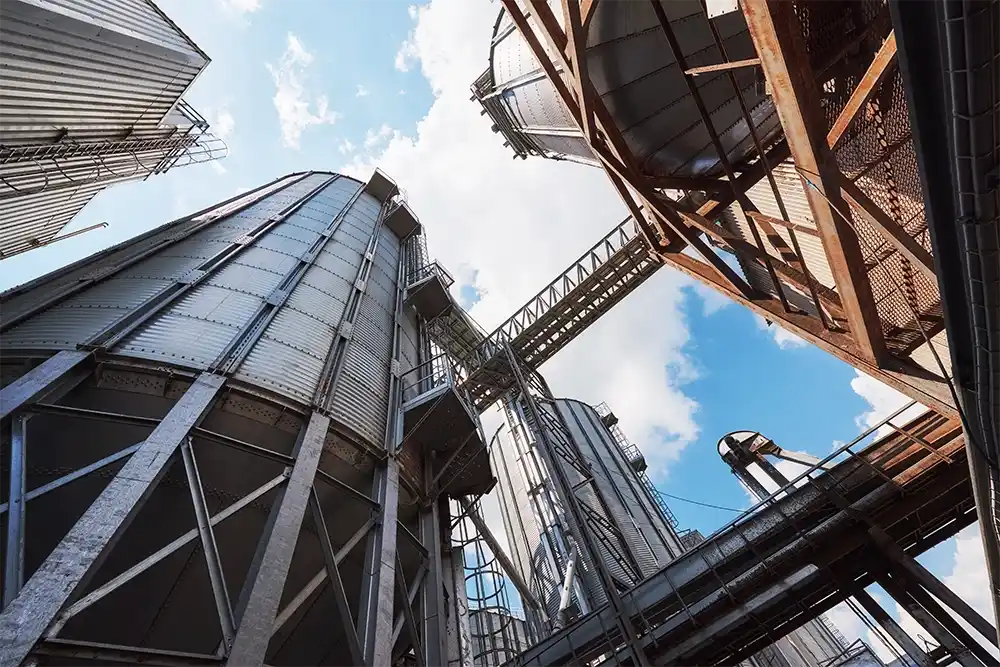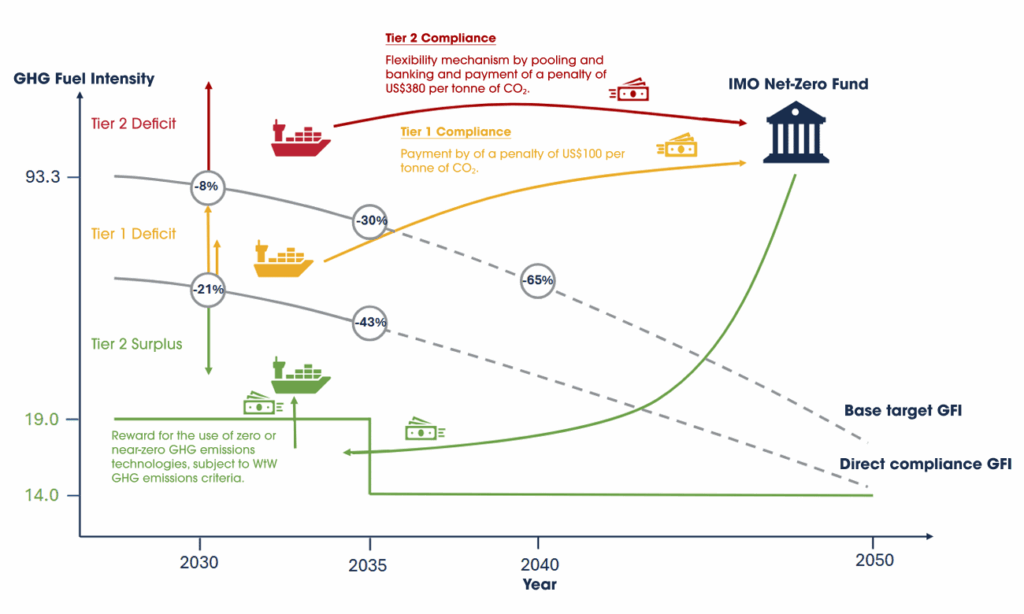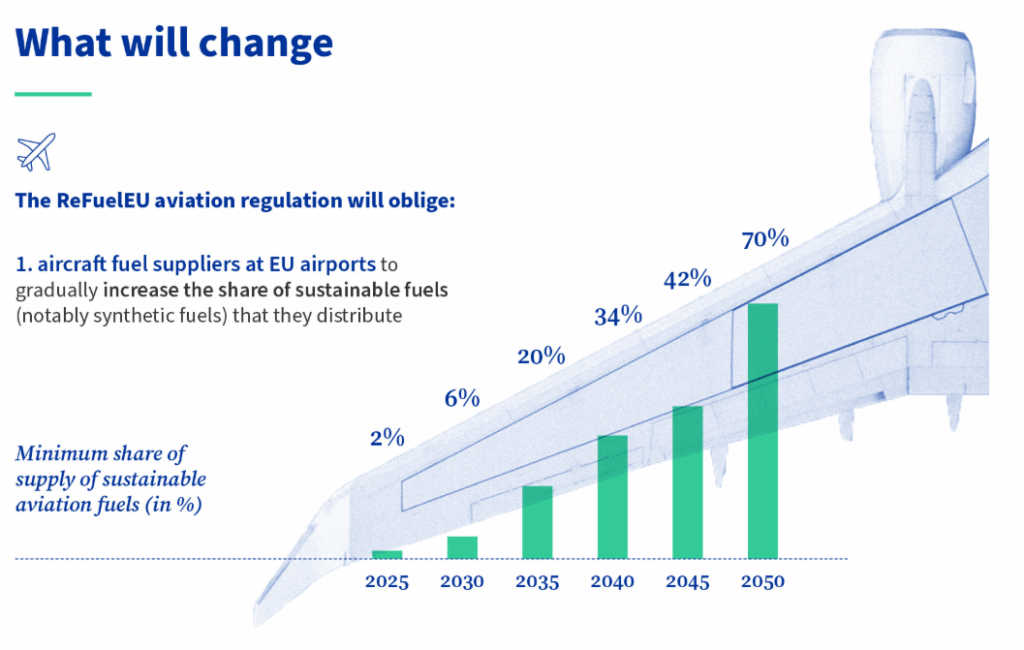The Key Role of e-Methanol and Green Hydrogen in Decarbonization
Global Momentum for e-Methanol
The global momentum behind e-methanol is accelerating as it emerges as one of the most scalable and policy-aligned solutions for decarbonizing hard-to-abate sectors — especially maritime shipping. Planned low-carbon methanol projects could consume up to 1.65 million metric tons of clean hydrogen annually, with shipping companies having already ordered over 225 dual-fuel methanol vessels.
While current production costs remain above those of fossil-based methanol, supportive regulation in the EU and advances in green hydrogen technology are closing that gap. Demand is set to grow rapidly, driven by carbon pricing, emissions mandates like FuelEU Maritime, and increasing interest from major industrial and logistics players. This convergence of regulation, technology readiness, and market demand positions e-methanol as a leading candidate in the future low-carbon fuel mix.
European Regulations and Consumption Obligations for RFNBOs
To meet its climate goals, the EU has established minimum targets for RFNBO consumption in different industries, ensuring a progressive shift towards sustainable fuels.
INDUSTRY
1. RFNBO Share in Industrial Energy Consumption
Under the Renewable Energy Directive III (RED III), industries must ensure that at least 1.9% of their total energy consumption comes from Renewable Fuels of Non-Biological Origin (RFNBOs) by 2030, with a required 1.6% annual increase in renewable energy usage.
2. Hydrogen Quotas
Member States must ensure that at least 42% of hydrogen used for energy and non-energy purposes in the industry sector comes from RFNBOs by 2030, increasing to 60% by 2035.
3. Conditions for Reduced Obligation
States may reduce this obligation by 20% if their national contribution to the EU’s overall binding renewable energy target is met and the share of hydrogen from fossil fuels remains below 23% in 2030 and 20% in 2035.

MARITIME SECTOR
1. FuelEU Maritime Incentives
The FuelEU Maritime Regulation limits the greenhouse gas (GHG) intensity of fuels used on ships, encouraging the adoption of eFuels like eMethanol.
Between 2025 and 2034, every tonne of RFNBOs used will count twice towards compliance with GHG intensity targets, incentivizing early adoption.
From 2034 onwards, a mandatory 2% sub-target for RFNBOs may be introduced if their share in the market remains below 1% by 2031.
2x
Every tonne of RFNBOs used between 2025–2034 counts twice toward GHG intensity targets.
2%
Possible sub-target for RFNBOs starting in 2034 if their share stays below 1% by 2031.
2. IMO Net-zero Framework
MARPOL Annex VI draft regulation currently has 108 Parties, covering 97% of the world’s merchant shipping fleet by tonnage.
AVIATION SECTOR
SAF Mandates and Growth Timeline
The ReFuelEU Aviation Regulation mandates a gradual increase in the use of Sustainable Aviation Fuels (SAFs), including eSAFs (synthetic aviation fuels made from green hydrogen and CO₂).
2025
2% SAF blending required.
2030
6% SAF blending required.
2050
Target to reduce CO₂ emissions by 63%, driven by increased SAF adoption.


